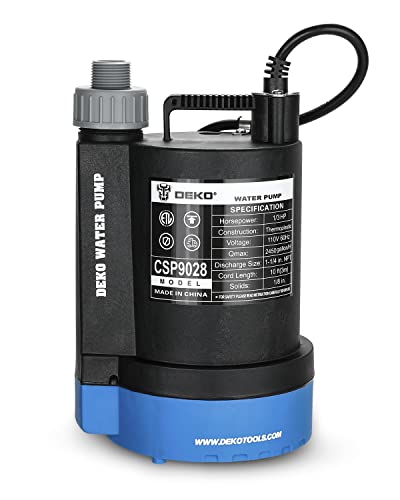In order to keep a swimming pool’s water hygienic, it must be filtered to remove clog-causing debris. The pool pump’s job is to move the water to the filter. From there, the water makes its way to the heater followed by the chlorinator before it shoots back into the swimming pool through the returns.
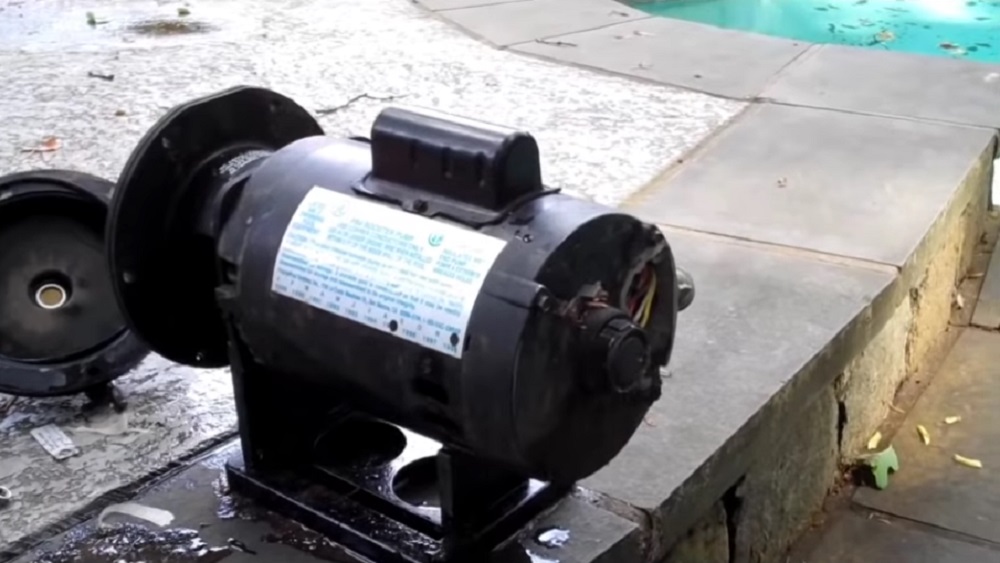
If the pump breaks down, the entire circulation system ceases to function. If it isn’t sized correctly for the pool, damage to the pipes and filter may occur. Chances are you paid a hefty sum of money to have your swimming pool built; therefore, a lot rides on the pump you choose.
How Do Pool Pumps Work?
Since a pump is one of many components that belong to a looped system, there is no initial and final step to how it functions within a complete circulatory setup. To help you gain a better understanding of how a pool pump works, we’ll begin at the skimmer, which keeps the pump from dry running.
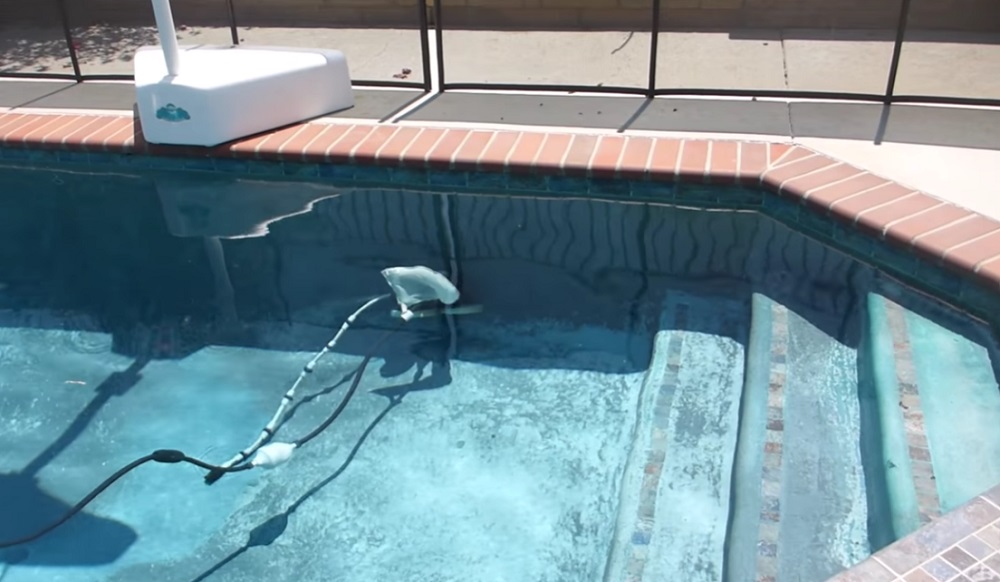
The pool pump’s motor powers the drive shaft, spinning the pump’s impeller. This action creates the vacuum pressure necessary to take water from the skimmer and pour it through the pump’s built-in strainer, which removes leaves, twigs and other debris.
Then, the pump uses its impeller to send the water to the pool’s filter. If the swimming pool has a heater, that’s the water’s next stop before it’s chlorinated and released back into the pool through the return outlets.
Our Recommended Pool Pumps in 2023
A pump can literally make or break your pool’s circulatory system. Unfortunately, it’s easy to feel lost when deciphering the specs of the latest pool pump models. In order to help you keep your swimming pool in working order, we’ve highlighted the most important features of the best pool pumps available this year.
5) Pentair 011018 IntelliFlo Pool Pump
The variable-speed Pentair 011018 IntelliFlo pool pump provides eight-speed settings, so you can select the correct speed for your swimming pool’s immediate needs. This model is equipped with a permanent magnet motor with that’s completely enclosed and cooled by an external fan, which produces a mere 45 decibels of sound.
Via the attached keypad, you can easily program the speed settings of your choice – The LCD display tells you the pump’s current speed setting and wattage. Thanks to a timer function and integrated diagnostics system, you can save money on operating and maintenance costs.
- Energy savings up to 90-percent vs. traditional pumps
- Dramatically quieter operation; Carton Wt: 45 pounds
4) Pentair 342001 SuperFlo VS Pool Pump
Here’s another excellent variable-speed pool pump from Pentair. The SuperFlo boasts a 1.5-horsepower motor, which is protected from contaminants by a quiet TEFC enclosure. To save you the expense of rewiring your existing system, the SuperFlo can operate on 230 or 115 volts.
You’ll appreciate the user-friendly layout of the controls that let you select one of three motor speeds. The pump also has a clock that runs in real-time, which you can view on the digital display. There is even an override function, so you don’t have to schedule your pool fun around the time clock.
- Variable speed technology costs significantly less to operate. Savings based on variable...
- Ideal for standard pools requiring up to 1. 5 hp pump; 110-230v and 50 and 60 Hz...
3) Hayward SP1580X15 Power-Flo Above-Ground Pool Pump
Like the SuperFlo at number four, the Hayward Power-Flo also has a 1.5-horsepower motor. However, this pool pump is designed for the unique needs of above-ground swimming pools. Its seal resists heat damage to ensure a full motor life, and the single-phase motor’s housing is made of an anti-corrosive material.
With its strong impeller and 1.5-inch port, the water flows without restraint. The strainer has a large capacity of 118 cubic inches and a see-through cover that makes it easy to tell when you need to empty it. This pump is rated at 115 volts, has a 6-foot-long power cord and features a thermal shutoff mechanism that prevents motor burnout.
- The Hayward SP1580X15 PowerFlo LX pump with strainer is a high-performance pump designed...
- The 100-percent drip proof, heat-resistant double-sized seal allows for long motor life;...
2) Pentair 340039 SuperFlo Speed Pool Pump
Give your budget a break with the single-speed Pentair 340039 SuperFlo. This versatile pool pump can be used with 115-volt or 230-volt wiring. Its well-designed hydraulic system makes it a quiet, solid performer, and the 1.5-horsepower motor has a square-type mounting flange.
Thick housing walls provide durability throughout years of use, and its compact size makes it easy to install, especially if you’re using it as a replacement. This SuperFlo pump has an extra-large strainer with a transparent lid. Plus, the pump eliminates the headache and hassle of getting rid of trapped air in the suction line with its self-priming feature.
- The Pentair SuperFlo single-speed, 1-1/2-horsepower pump moves more water more efficiently...
- Quiet operation due to superior internal flow design that reduces hydraulic noise.If pump...
1) Hayward SP2610X15 Super Pump
Inside of this Hayward SP2610X15 pool pump, there is a heavy-duty 2-horsepower motor, which is protected by a thermoplastic housing assembly. The pump also has a heat-resistant, ultra-stable Noryl impeller and a two-inch port. Due to its capacity of 110 cubic inches, the time period between cleanings will be extensive.
Hayward packed the Super Pump with several make-life-easier features. This dual-speed pool pump self-primes with an impressive suction lift of 8 feet. The cover on the strainer basket is clear for visibility, and you don’t need to fiddle with tools or clamps to take off the cover. When you need to service the motor, there are only four bolts to remove.
- The industry’s workhorse - recognized for reliability and performance
- Exclusive swing-away hand knobs makes for easier strainer cover removal: no tools...
Hayward SP2603VSP vs SP2610X15 vs SP2615X202S: Super Pump Comparison
Pool Pump Buying Guide
Pool pumps are the heart and soul of any pool. Without it, you wouldn’t be able to pump water into your pool or recirculate it for filtering purposes. However, due to the high number of pool pumps on the market, finding the ideal pump for your home pool is going to be a challenge if you don’t do the research.
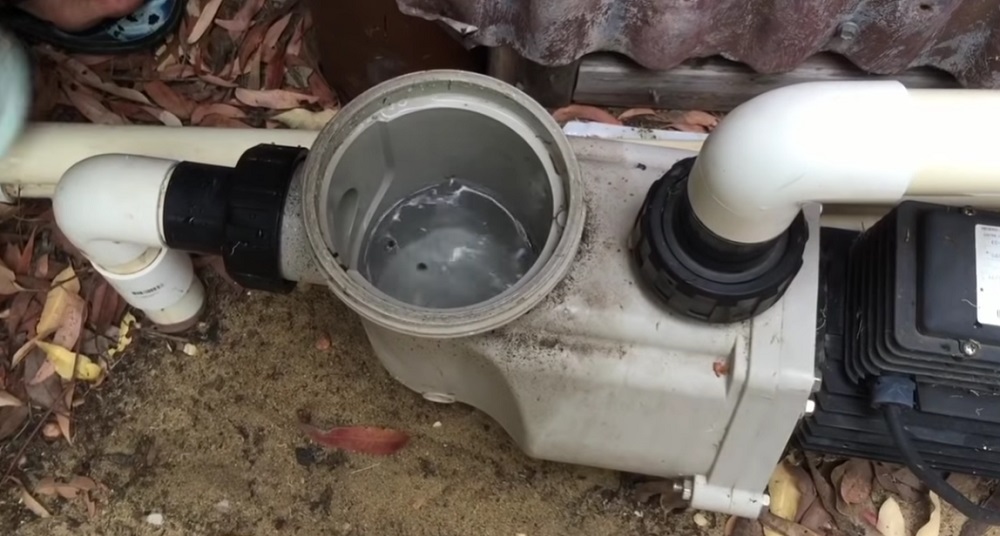
Thankfully, we did all of the hard thinking for you. In this guide, we’ll show you the best pool pump models you can get your hands on today. We’ll also provide you with a quick guide on how to shop for the best pump for your pool.
In this section, we’ll go over everything you need to know about pool pumps. This guide should help you decide on which pool pump will work best in your pool.
Single-Speed vs. Dual-Speed vs. Variable-Speed Pool Pumps
You’ll find that there are three types of pool pumps available—single-speed, dual-speed, and variable-speed.
Single-Speed Pool Pump
Single-speed pumps are the most traditional type and have been for the past several decades. It maintains a single speed in terms of water flow rate from the moment you turn it on until you unplug the machine. Single-speed pumps are the least expensive variety, but they also consume the most electricity. Some models cost upwards of $2,000 to run per swimming season.
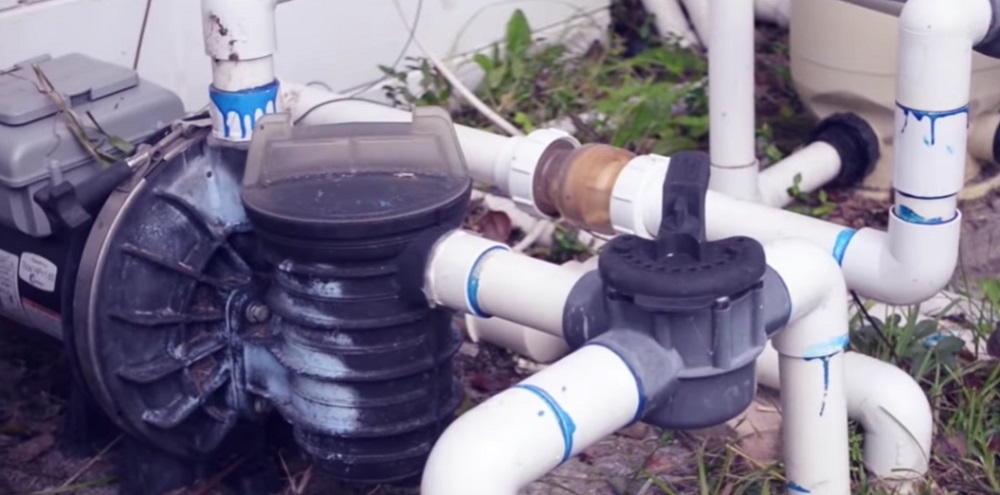
Dual-Speed Pool Pump
Dual-speed pumps let you switch the water flow rate up and down between two speeds. They’re far more energy-efficient than single-speed pumps, but they lack the flexibility of a variable-speed model. Homeowners with pools and spas would benefit more from this kind of pump as opposed to a single-speed version.
Variable-Speed Pool Pump
Variable-speed pool pumps are the most energy-efficient of the three. Owners can fine-tune how quickly or slowly it circulates pool water, allowing them to keep the pump running for upwards of 12 hours every day without experiencing significant electricity bill spikes. Some claim that a variable-speed pump can cut down costs by up to 75% compared to single-speed pumps.
How to Size a Pool Pump
Determining the correct pump size is a problem for pool owners. It’s not a simple matter of purchasing the most powerful pump you can afford. Below, we’ll quickly go through the process of sizing a pool pump to help you make an informed decision.
Step 1. Calculate how much water is in your pool in gallons. Here, we’ll assume that your pool can hold up to 24,000 gallons of water.
Step 2. Calculate how many gallons you need to pump to recirculate all of the water in an 8-hour window. Simply divide the figure from Step 1 by 8. For instance, 24,000 gallons of water ÷ 8 hours = 3,000 gallons/hour.
Step 3. Divide the number from Step 2 by 60. Pool pumps are typically rated by how much water they can circulate per minute. So, 3,000 gallons/hour ÷ 60 minutes = 50 gallons/minute.
In the example above, your 24,000-gallon pool would require a pool pump that can circulate at least 50 gallons of water every minute. A two-speed or a variable-speed pool pump can help you circulate water more slowly while the pool is not in use, thereby cutting electricity costs by a lot.
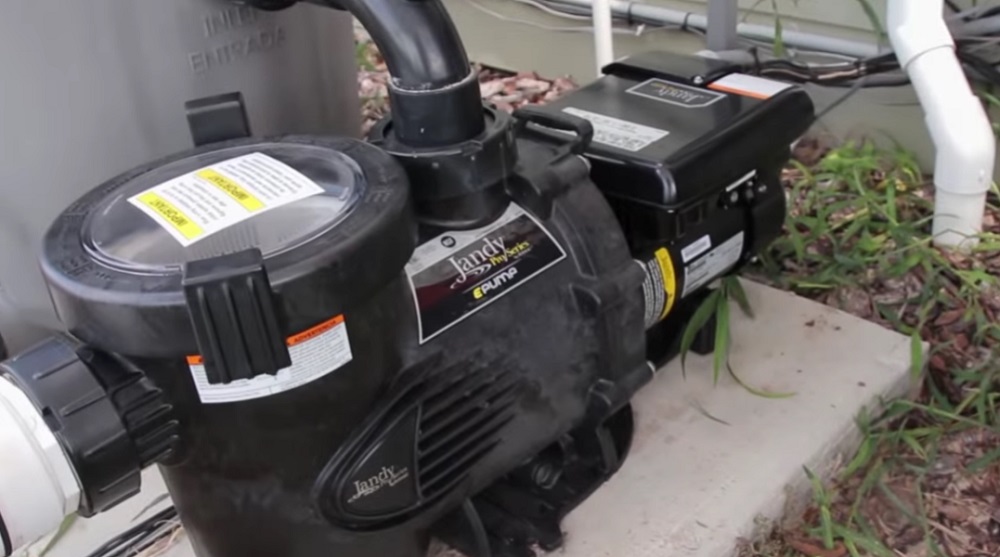
In-Ground vs. Above-Ground Pool Pumps
The only difference between pumps made for in-ground and above-ground pools is whether self-priming. A pool pump needs to be primed in order to push water upward at a constant rate. Above-ground pools with a self-priming feature would be ideal.
You can use a manual-priming pool pump for above-ground pools, but priming them by hand, eye, and ear is super-annoying. As for in-ground pools, you can make do with either one. You won’t necessarily need a self-priming pool pump since it recirculates water horizontally.
How to Save Money with a Pool Pump
As stated earlier, a variable-speed pool pump can help you save a tremendous amount of money. By reducing the water flow rate, the pump draws less power to move smaller quantities of water at a slower rate.
You can increase savings even further by determining when the peak hours of electricity consumption are. Avoid running your pool pump during these hours, and you’re looking at a further 5-10% reduction on your utility bill. Consider leaving your pool pump on throughout the entire night to avoid peak consumption hours and spiked costs.
Important Factors when Shopping for a Pool Pump
HP
Take a close look at the pool pump’s horsepower (HP) rating. This will give you a rough idea of how much water the pump can circulate and how consistent it performs. A higher HP rating of 1.5 to 2 HP is ideal for large-sized pools (over 40,000 gallons of water), whereas a 1-HP pool pump is most efficient for 24,000-gallon pools or smaller.
Water Flow Rate
The water flow rate will give you a clearer idea of how suitable a pool pump is for your pool. This is measured either in gallons per hour (GPH) or gallons per minute (GPM), which you can simply multiply by 60 to get the GPH rating. Two-speed and variable speed pool pumps offer multiple GPH or GPM ratings, so make sure you take all numbers into account when calculating which pump is right for your pool.
Noise Output
Although modern pool pumps are quieter than ever before, they can still make quite a racket. You can dampen the annoying squeaking of pool pumps by covering them with a soundproof box or by dropping them to a slower speed. Single-speed pumps work at a consistent rate, and thus produce a droning, high-pitched scream until you turn it off.
Self-Priming
A self-priming pool pump eliminates the need to add water to its basket prior to turning it on. You simply need to switch on the pump’s motor and wait a few seconds for it to self-prime and begin circulating water. Self-priming pumps are usually costlier than manual priming, but you won’t need to go through the multi-step process of removing air, adding water, and checking the water flow rate every time.
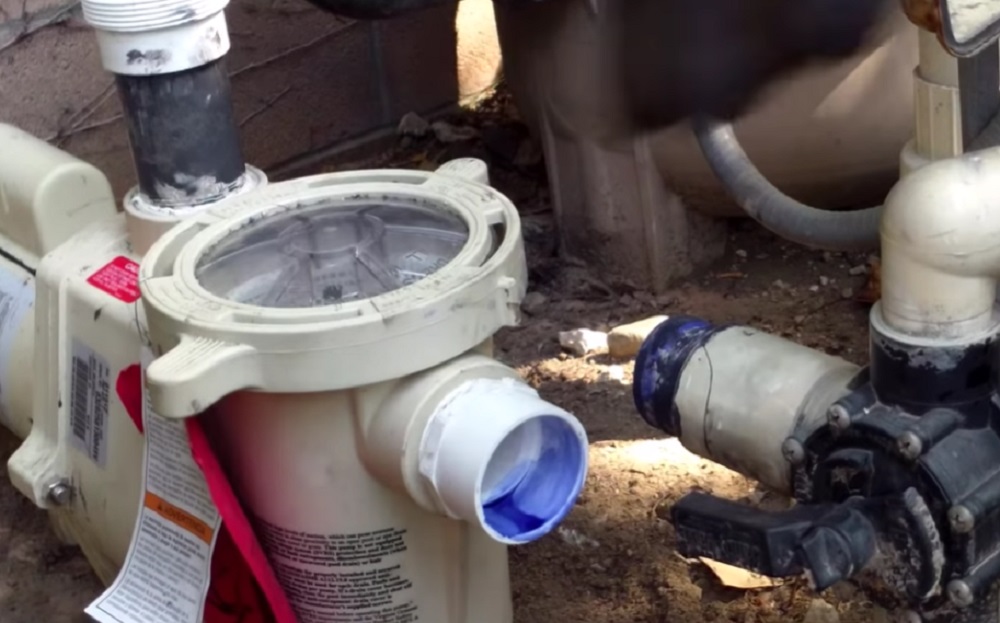
Warranty
There’s no better feeling of security than purchasing a product with a multi-year warranty. Many pool pump manufacturers offer at least a two-year warranty with your purchase. The longer the warranty, the more peace of mind you’ll have while enjoying every second of the swimming season.
FAQ
Will a Pump Clean the Walls and Bottom of My Pool?
Even though a pool pump captures the large debris in the water, it is not able to scrub buildup from the pool’s walls and bottom. To accomplish this, you need an independent appliance like a robotic pool cleaner. To minimize buildup, keep your pool covered when you don’t plan to use it for an extended time period. Also, make sure to clean your swimming pool before you refill it and after you winterize it.
What Pump Size Should I Buy?
When sizing a pool pump, there are two factors to consider – the flow rate and the horsepower. In order to determine the flow rate that’s best for your swimming pool, you must calculate the volume of your pool. A simple equation that multiples length, width, and height will give you the swimming pool’s volume, which corresponds to the flow rate.
For horsepower, take into account how often your pool is used and the number of people who swim in it. The greater the usage, the more horsepower you need. However, a pool pump that’s too powerful may cause filtration-impeding damage. Most residential swimming pools operate efficiently on a 1 to 3-horsepower pump.
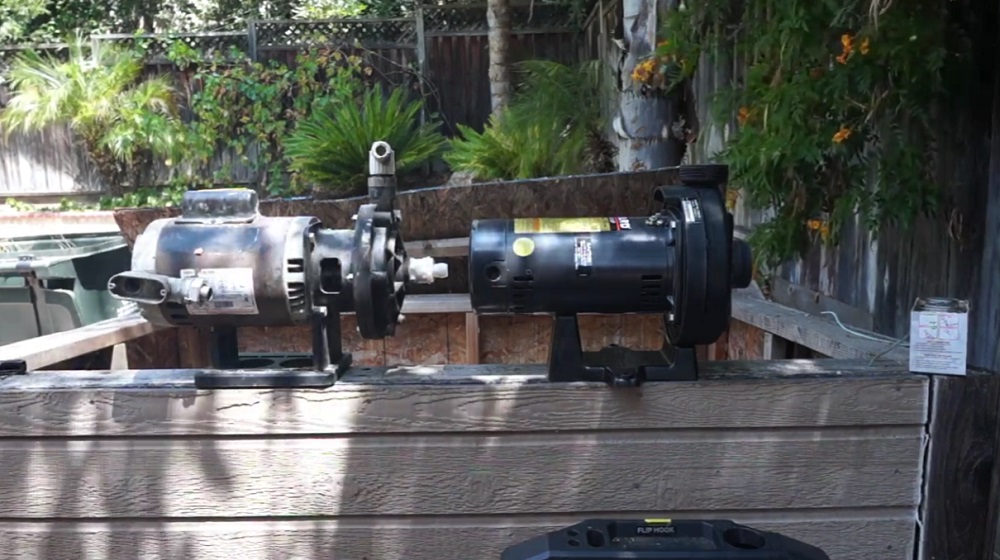
What Can I Do to Extend the Life of My Pool Pump?
Under normal conditions, you can expect a new pool pump to last up to 12 years. However, this number is a general estimate as several variables contribute to a pump’s lifespan, such as the pump’s size. An undersized pump must work harder to keep up with the demands of a swimming pool that’s too large, leading to premature failure.
There are several steps you can take to get the most life possible from your pool pump. Proper airflow in the pump’s vicinity can prevent breakdowns, so keep objects, insects and vegetation away from the area. Be sure to clean the impellers on a regular basis, so dirt and debris don’t make their way to the pool’s filter or the pump’s strainer.
Periodic checks of the motor can extend the pool pump’s lifespan. Bad bearings can cause motor burnout. Therefore, you should replace broken bearings as soon as they are discovered. Another burnout-prevention measure to take is always running the pump with circulating water.
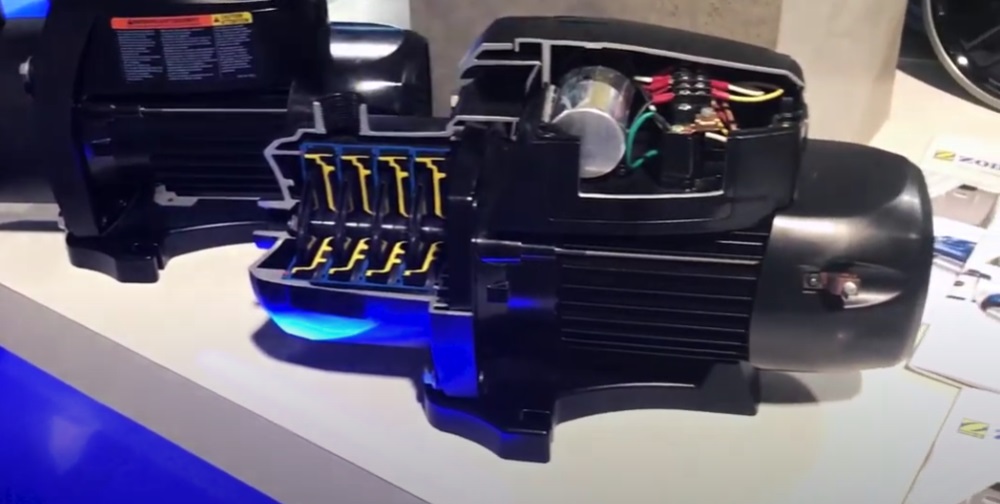
What Are the Different Types of Pool Pumps?
Swimming pool pumps come in three styles – single-speed, dual-speed, and variable-speed. A single-speed pool pump is the most inexpensive of the three types, making it a great entry-level pump. This pump goes straight to full speed and stays there.
A dual-speed pool pump offers better energy efficiency than its single-speed counterparts at a slightly higher cost. With a dual-speed pump, you can set it to low speed for tasks like water filtration or high speed when vacuuming your swimming pool.
Then, there is the variable-speed pump. This type of pump is ultra-efficient, and it offers more than two operating speeds. This means you can run it at a different speed for any pool-related chore like overnight filtration or clearing algae. Unlike the majority of single-speed and dual-speed pumps that use induction motors, many variable-speed pumps contain a permanent magnetic motor, which further lends to the energy efficiency of these pumps.
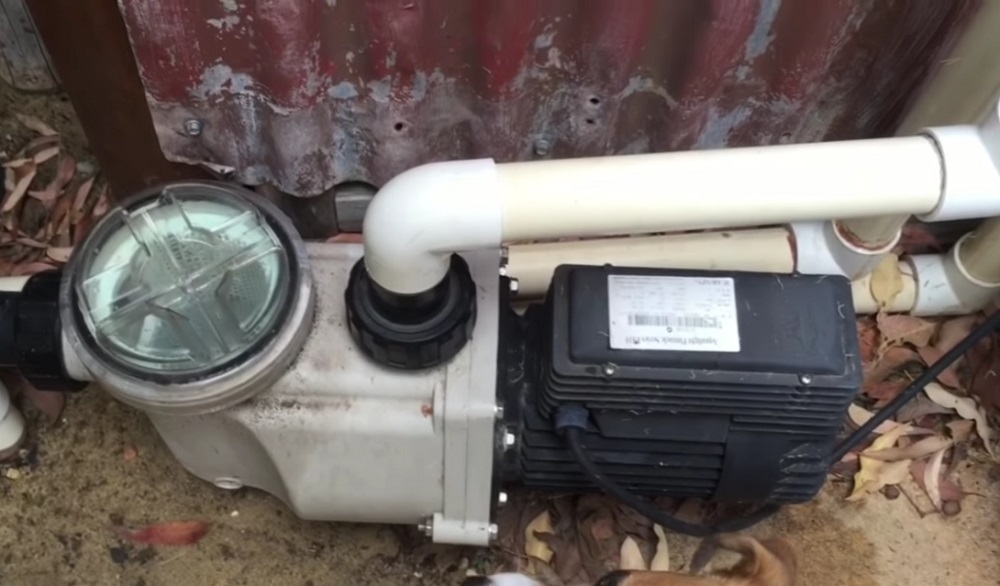
Final Words
Don’t get saddled with a pump that’s the wrong fit for your pool. Take a look at the features you should consider and those that are simply conveniences, so you get a pool pump with every feature you need. If the pump you choose has a few extras, even better.
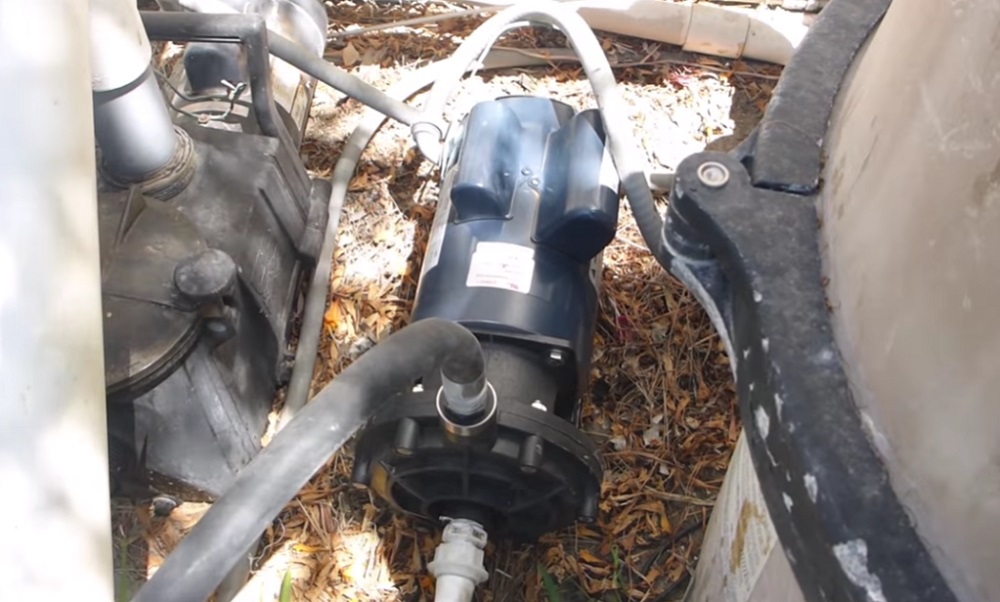
Pay close attention to the pool pump’s voltage, which will either be 115 volts or 230 volts; some are compatible with both voltage ratings. If the pump is incompatible with the pool’s existing wiring, the pump’s motor will eventually fry.
The motor in the pool pump is also important. Manufacturers of well-made pumps take special measures to protect the motor from dust, dirt, debris and other contaminants by covering it with a durable motor housing. You also want the impeller to be a high-performer.
Although many people neglect to put a timer at the top of their list, this function can save money and reduce wear and tear by running the pump for specified intervals. Pumps that have a time clock should also offer an override feature, so you can maintain your swimming pool’s temperature on demand.
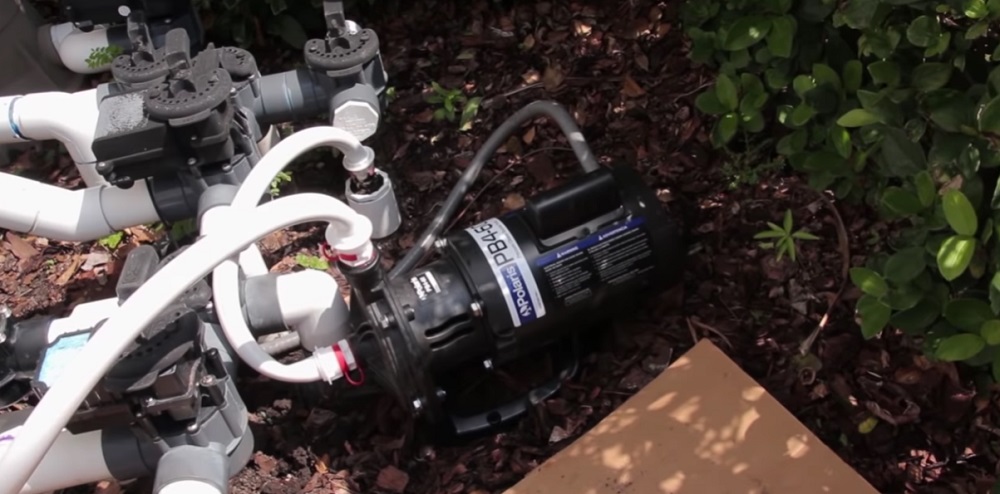
If you opt for a variable-speed pump, the ability to program the speeds streamlines pool maintenance. While unnecessary, the inclusion of a self-priming feature is a huge time-saver. Other common conveniences involve the strainer. Whether it’s a transparent cover, a no-tools-needed lid or an oversized capacity, you can easily work around the lack of all these extras.
If you have any questions or comments, please add them below in the comment section. Similarly, please let us know if you spot any mistakes or omissions. Thanks!
Last Update: 2024-04-17 | Affiliate links/Images from Amazon Product Advertising API






